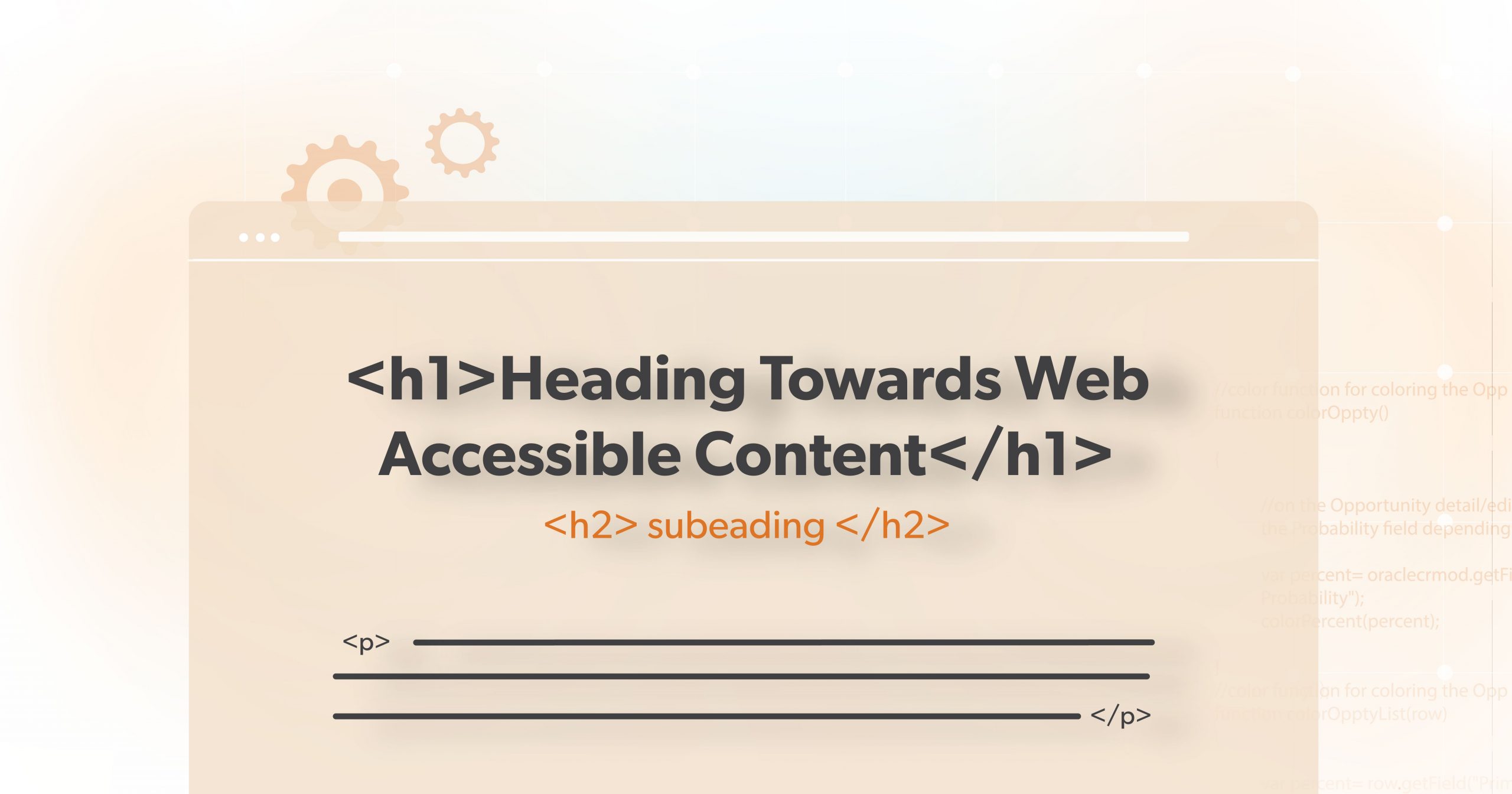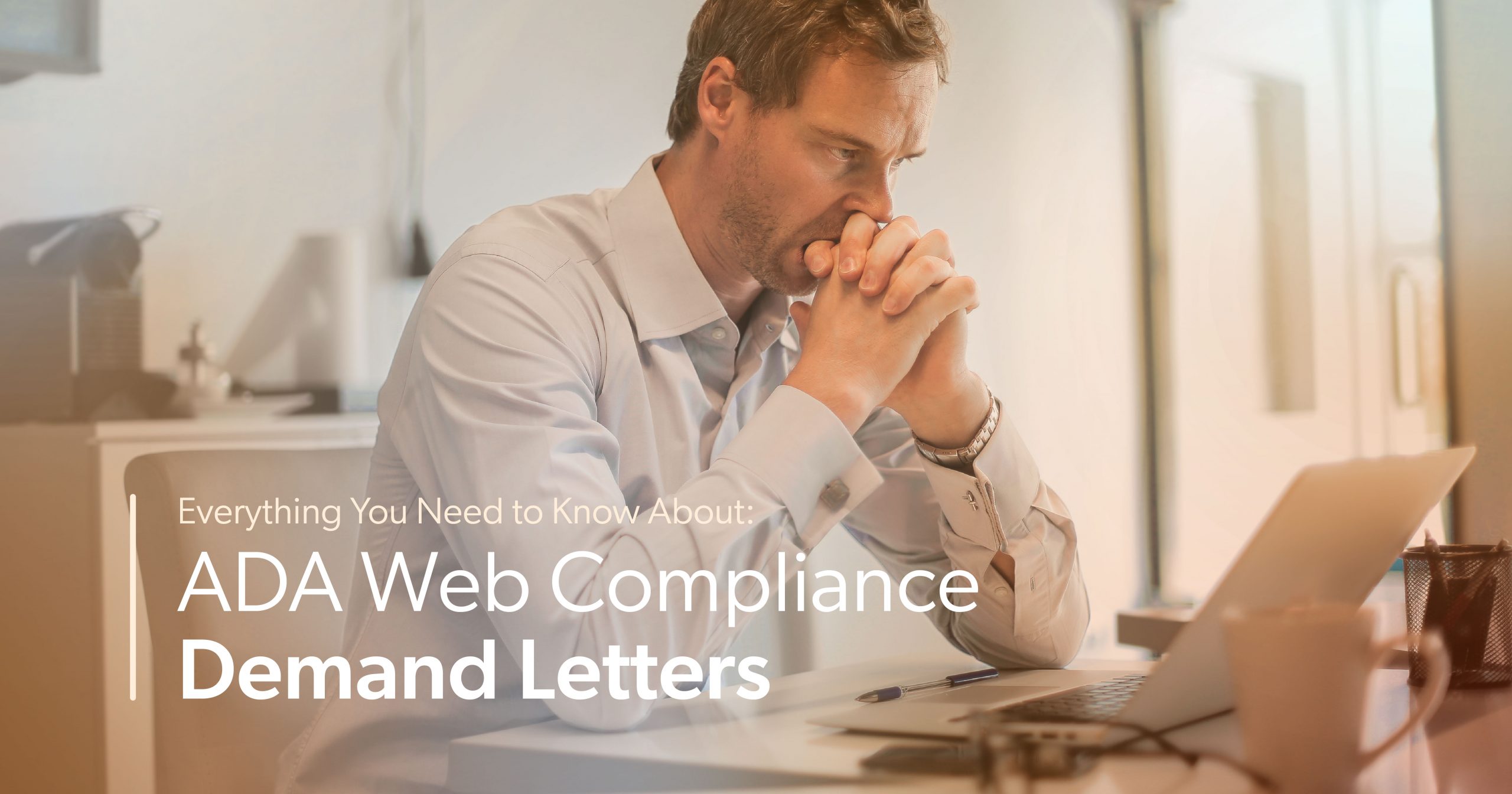In an age where our online and offline worlds are increasingly intertwined, ensuring web accessibility for all is not just a matter of convenience—it’s a matter of civil rights. Enter the U.S. Department of Justice, which is poised to take a monumental step toward making the virtual world more inclusive. As they gear up to propose a new ADA Title II Web Accessibility Rule, we delve deep into its implications and the future landscape of digital accessibility.
What is the American with Disability Act?
The Americans with Disabilities Act (ADA), enacted in 1990 by President George H.W. Bush, is a civil rights law that prohibits discrimination against individuals with disabilities in all areas of public life. This includes jobs, schools, transportation, and public or private places open to the public. The primary goal of this law is to ensure that people with disabilities have the same rights and opportunities as everyone else.
For instance, the law required that employees with disabilities have the adjustments they need at work, that those with hearing or sight issues can communicate effectively, and that buildings are accessible.
Often, we think of the ADA in terms of physical places. But what about online spaces, like websites?
Is ADA Compliance Mandatory for Websites?
From the start, we knew the ADA would impact physical stores, but it wasn’t clear if it would also apply to websites and online apps. As the internet became a major way for customers to connect with businesses, the rules for ADA and website accessibility had to evolve.
Redefining the ADA
In late 2021 and early 2022, the Department of Justice (DOJ) made several agreements about making COVID-19 vaccine websites more accessible. The DOJ stated that the ADA’s requirements should apply to all goods and services offered by public accommodations, including those provided online.
Up to this point, the absence of clear standards has caused confusion about what “ADA compliance” means for online content. This has led to inconsistent rulings in federal courts and has caused many businesses, numbering in the tens of thousands, to face predatory litigation.
The Department of Justice and Web Accessibility
The DOJ, responsible for enforcing parts of the ADA, recently explained its stance on website accessibility. In March 2022, they shared guidelines on this topic. They emphasized that the ADA’s rules do apply to online content.
However, they didn’t set clear standards for what makes a website compliant. In fact, the DOJ mentioned they don’t have a detailed set of rules. Still, they believe the ADA’s general principles of fairness and clear communication should apply to websites.
Despite this, the DOJ’s March 2022 guidelines didn’t spell out clear options or ways businesses can make sure their websites are accessible. They only cited third-party resources, which do not have the force of law.
WCAG is the Golden Standard for Web Accessibility
In the absence of set standards, the Web Content Accessibility Guidelines (WCAG 2.0 & 2.1) Level A.A. has become the go-to standard. Many federal courts recognize WCAG as a trusted guideline for making websites accessible. In fact, many website-related lawsuits end with an agreement to follow WCAG standards.
Although WCAG is widely respected, it’s not legally binding. A private international industry group, not a government body, creates and maintains these guidelines.
DOJ Proposes New ADA Web Accessibility Rule
On July 25, 2023, the 33rd year since the ADA was introduced, the DOJ proposed a rule to improve online services offered by state and local governments more accessible.
This marks the first time in the history of the ADA that the DOJ has proposed rule on website accessibility. The DOJ recognizes that many online services have left out people with disabilities in the past. This new rule aims to set clear guidelines for all state and local government programs, services, and activities accessible.
What Does the New Ruling Include?
The proposed rule is expected to give clear technical guidelines on how to make websites more accessible. According to a White House statement, this will include adding text descriptions of images for those using screen readers, putting captions on videos, and allowing keyboard-only navigation for those with limited mobility.
President Joe Biden shared on X (formerly Twitter): “Our Administration’s new proposed web accessibility rule will improve online accessibility to state and local services for nearly 50 million people with vision, hearing, cognitive, and manual dexterity disabilities – One more step towards a more inclusive and accessible America”.
The details of this rule will be available in the Federal Register. The public can share their thoughts on it for 60 days at regulations.gov
Impact of the New ADA Web Accessibility Rule
The new rule will affect public programs and services like employment, education, voting, healthcare, and transportation schedules. Its primary goals are to:
- Students with disabilities can fully understand and access their class materials, even in advanced subjects like math and science.
- Upgrade voter registration websites so that those with disabilities can easily sign up on their own.
- Provide better online information about buses and trains to assist people with disabilities in commuting.
During a press conference, Associate Attorney General Vanita Gupta emphasized, “[I]t is now more important than ever to ensure that there are clear standards for what state and local programs must do to make their online programs, services, and activities accessible to people with disabilities.”
What Online Businesses Must Keep in Mind
The DOJ has introduced a new rule aimed at making sure everyone, including those with disabilities, can use online content easily and fairly. This rule not only sets a clear legal standard but also addresses other online accessibility issues. This includes the role of third-party content creators, when making a website accessible might be too difficult, and grace periods for fixing sites.
Right now, this rule is only for state and local government groups under Title II of the ADA. However, private businesses, often covered by Title III, might soon have to follow similar standards. So, private companies should keep an eye on this rule as it might hint at future regulations for them.
Preparing for the Future with 216digital
Regardless of where you are on your journey, we’re here to help. At 216digital, we can help develop a strategy to integrate WCAG 2.1 compliance into your development roadmap on your terms. To learn more about how the ADA experts at 216digital can help build an ADA WCAG 2.1 compliance strategy to achieve ongoing, real-world accessibility on your terms, schedule a complementary ADA Strategy Briefing today.









